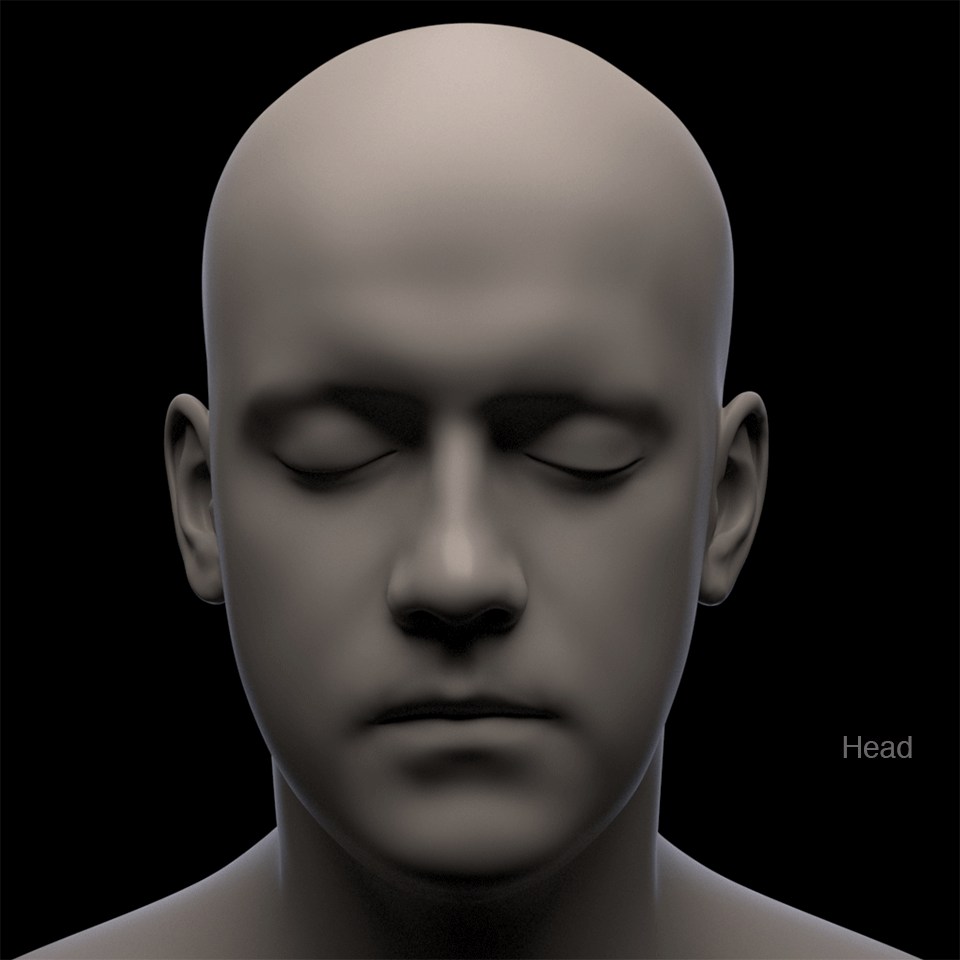
"Importance" is needed by some postprocessing algorithms such as denoisers, and is necessary to get the visual benefit of blue-noise samples. "Importance" (the default) warps the samples in screen space around the pixel center, and does not share sample results between pixels. Specifies how pixel filtering of camera samples is performed. The default value is the square root of maxsamples. Specifies the minimum number of samples for adaptive sampling. This is the minimum number of extra samples that a pixel should continue shooting with after a sample fails to meet its convergence test with the adaptive sampler. Note that minsamples defaults to the square root of the maxsamples setting. If maxsamples is equal to its default then the maximum number of samples will be set equal to 64. Value range: true/false.Īn explicit limit for the number of samples.

Value range: true/false.Įnables the progressive display of results (rather than bucketed results). Set to 0 (off) if you don't want this bias to be applied to the Poly Meshes in your scene. This setting will control when to compute and apply a bias to Poly Meshes to avoid the geometric shadow terminator artifacts that appear for shading points when they are visible from a light wrt their shading normal, but not visible wrt their geometric normal. Due to the performance degradations of this sampling method, this flag should only be used when necessary. This flag causes a slower but more accurate sampling method to be used to alleviate the artifacts. In some cases where a large amount of motion blur is used with depth of field, sampling artifacts could cause an undesirable result. Intended exposure Bracket in post-production to help inform the adaptive sampling.Įnable improved sampling accuracy.
RENDERMAN IT DARK IMAGE UPDATE
Set this to zero to disable this and force it to fully update the buckets that it can get to. When making rapid edits to heavy scenes and this setting is non-zero, the renderer will try to reduce tearing by updating the whole screen progressively with a dissolve-like effect. Maximum allowed pixel decimation rate for interactive rendering. Higher values cull more samples, speeding up render time while increasing noise in darker areas. Use this parameter to avoid oversampling dark areas while maintaining overall image quality. Value range: true/false.ĭe-prioritize low luminance samples in the adaptive sampler. Set to 0 (off) if the samples in adjacent pixels need to be completely decorrelated. Setting to control whether the samples should have a visually pleasing blue noise distribution or not.

Supported values: contrast, variance, halfbuffer, contrast-v22, variance-v22.

"variance-v22" uses the relative variance computation of RenderMan 22 and older. "contrast-v22" uses the relative contrast computation of RenderMan 22 and older. "halfbuffer" splits the samples into two classes and measures the difference between the average of each of the two sample classes. "variance" measures the variance of the samples in a pixel. "contrast" measures the contrast between samples in a pixel. Specifies the metric used to drive adaptive sampling. So turning off "adaptall" may speed up your render if some of your AOVs never reach the specified variance threshold.

The default (off) will ignore the AOVs and only the beauty pass is considered for pixel convergence. When enabled, all channels (beauty pass + AOVs) are considered when deciding if a pixel is converging.


 0 kommentar(er)
0 kommentar(er)
